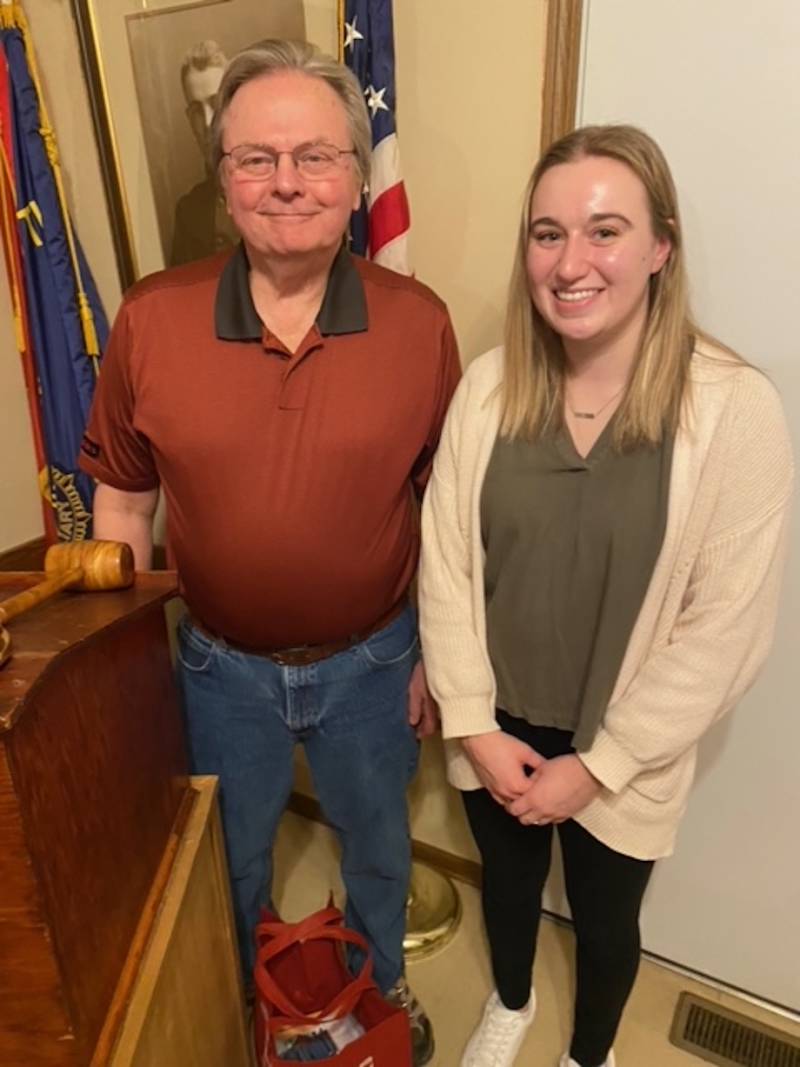GO Health reminds public to 'get the facts' during national lead poisoning prevention week
Press Release:
This year, National Lead Poisoning Prevention Week (NLPPW) takes place from October 20-26. NLPPW is a call to unite individuals, organizations, and government to reduce childhood lead exposure by raising awareness about lead poisoning prevention.
This week emphasizes various ways parents, caregivers, and communities can reduce children’s exposure to lead and protect them from its harmful effects.
“Lead poses a significant danger to children because their developing bodies absorb more lead than adults, and their brains and nervous systems are more vulnerable to its harmful effects”, stated Darren Brodie, Environmental Health Director of the Genesee and Orleans County Health Department (GO Health).
These effects can include developmental delays, learning disabilities, weight loss, hearing loss, seizures, and more. Children can be exposed to lead from paint used in homes before 1978, contaminated water or soil, and products from other countries (spices, pottery, toys, etc.).
According to the 2023 American Community Survey, approximately 73.6% of housing units in Genesee County and 73.0% of housing units in Orleans County were built before 1978 and may have lead exposure hazards. Homes built before this year are at higher risk for having contaminated lead-based paint, which can deteriorate over time and release toxic lead dust or chips, posing significant health risks, especially to young children.
Lead poisoning is entirely preventable. We encourage parents and community members to learn about the dangers of lead exposure by exploring the three key messages of National Lead Poisoning Prevention Week:
- Get the Facts
- Any exposure to lead hazards can be dangerous, particularly for children.
- The only safe blood lead level is zero!
- The most common way children are exposed to lead is by ingesting tiny dust particles or paint chips, often too small to see.
- Other potential sources of lead include metal toys, wooden toys or furniture painted with lead-based paint, metal jewelry, lead-glazed pottery, certain candles, spices, and even makeup.
- Get Your Child Tested
- A blood test is the way to determine if your child has lead poisoning.
- Most children with detectable levels of lead in their blood show no noticeable symptoms.
- If you think your child may have been exposed to lead, talk to their healthcare provider about getting a blood lead test.
- Blood lead tests are also recommended for pregnant women who believe they may have been exposed to lead.
- Get Your Home Tested
- Many homes built before 1978 contain lead-based paint. If your home was built before that year it is important to have it tested for lead paint.
- If you rent, request that your landlord have the home or apartment tested.
- For more information on testing your home, contact GO Health.
The Genesee County Health Department has a Lead Hazard Control and Healthy Homes Grant, funded by the Department of Housing and Urban Development (HUD), that can address lead-based paint hazards and other health concerns in homes and apartments in Genesee, Livingston, Orleans, and Wyoming Counties.
“This funding is designated for lead-based paint remediation as well as other health-related home repairs," said Gabrielle Lanich, Lead Program Coordinator for GO Health. "Eligible homeowners and property managers with qualifying tenants can apply for these funds."
For more information or to determine eligibility for these programs, contact the Genesee County Health Department at 585-344-2580 ext. 5555 or Health.GOlead@geneseeny.gov.
For more information about GO Health Programs and services and eligibility details for lead programs, visit GOHealthNY.org or contact your local health department at:
- Genesee County: 585-344-2580 ext. 5555
- Orleans County: 585-589-3278
Follow GO Health on Facebook, Instagram and X at GOHealthNY.

